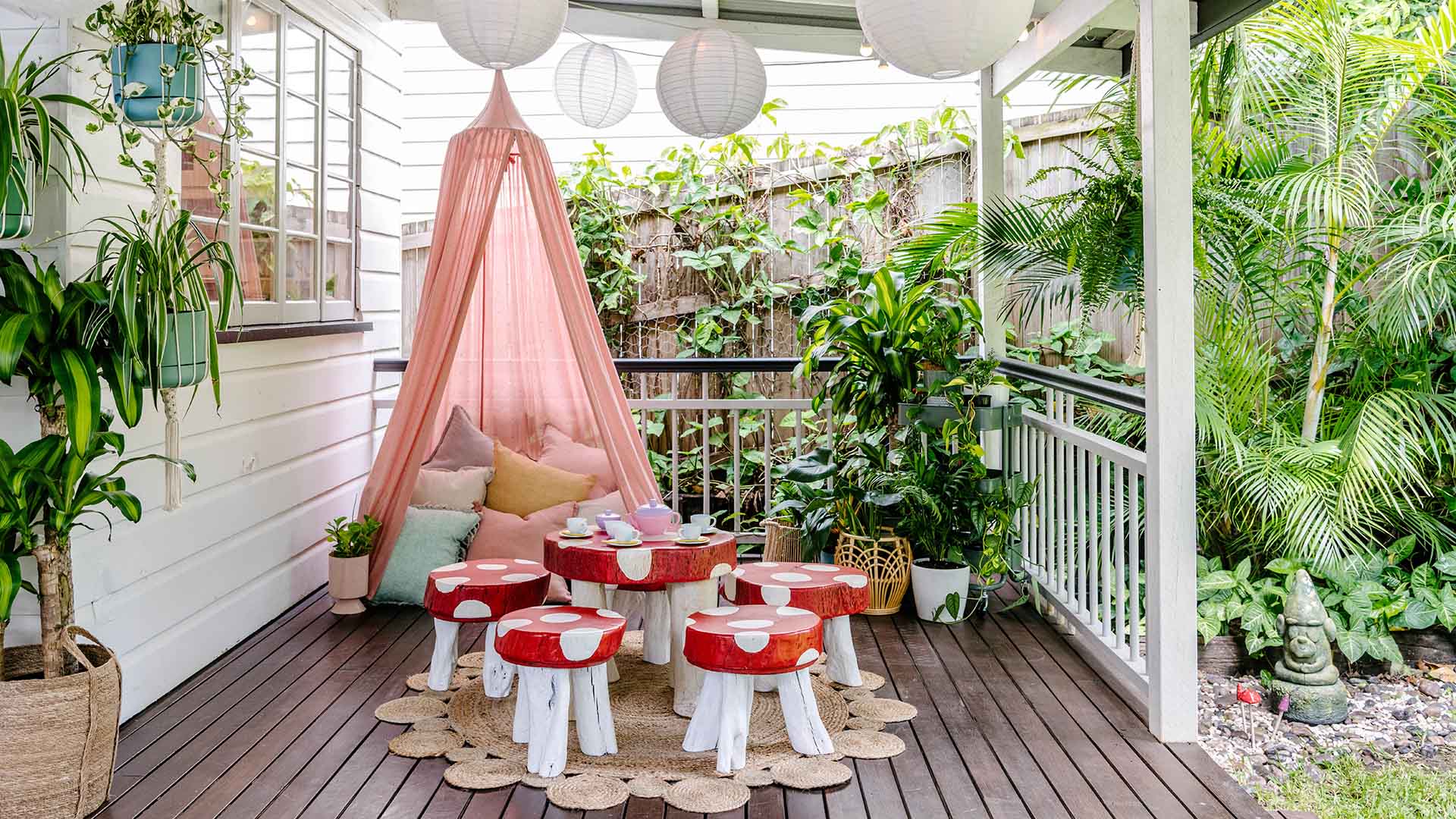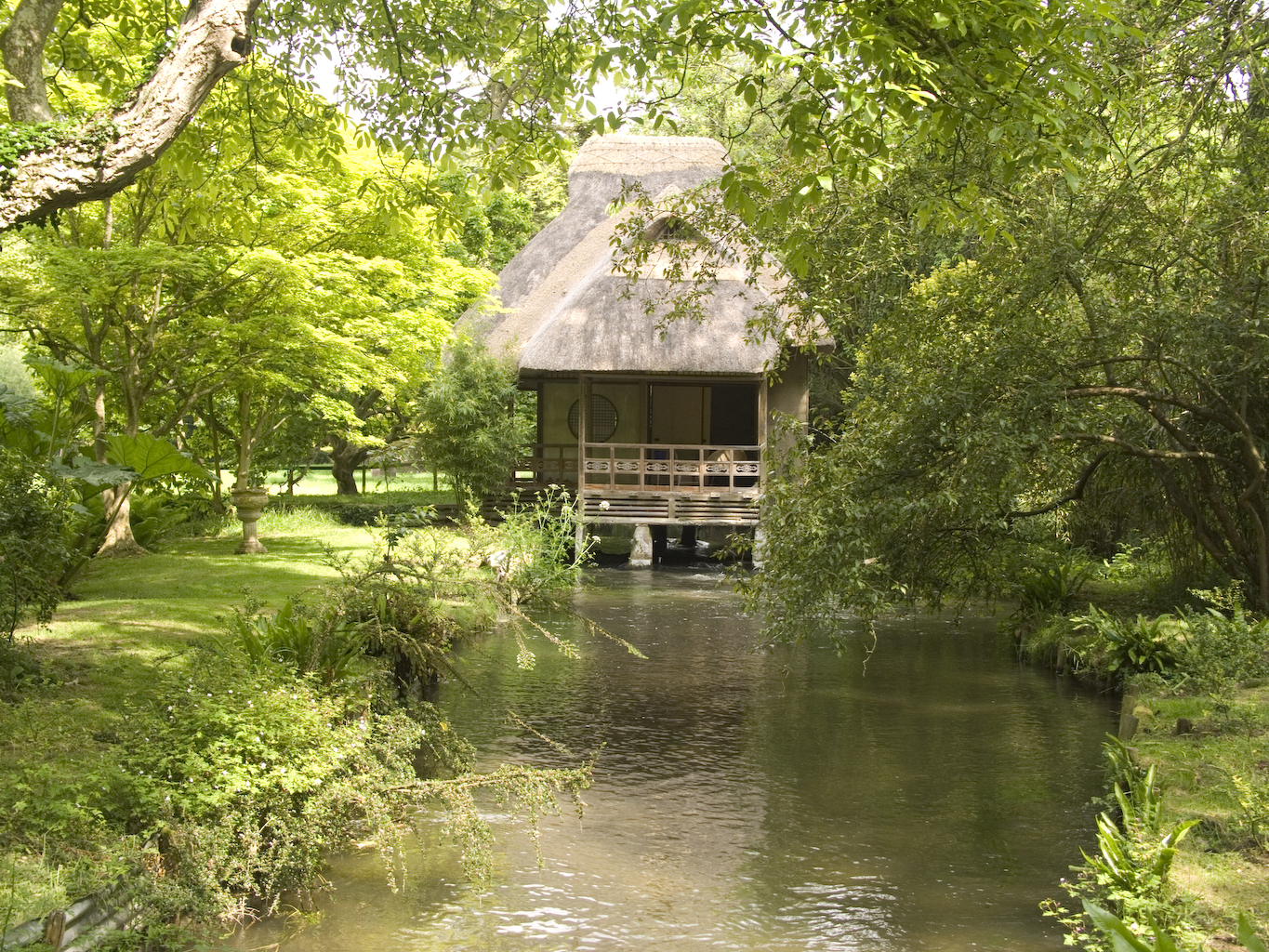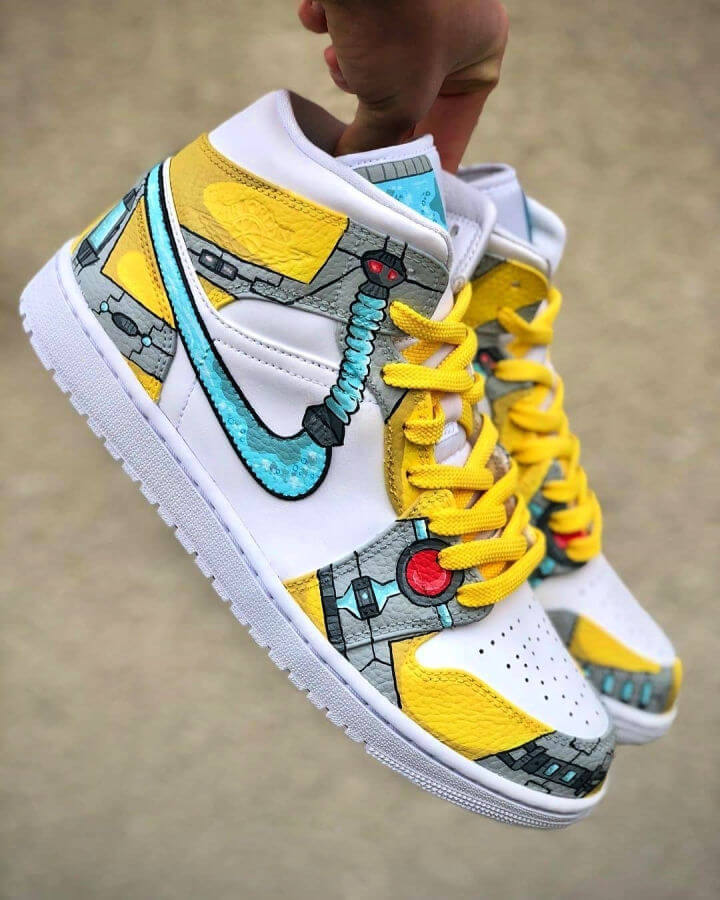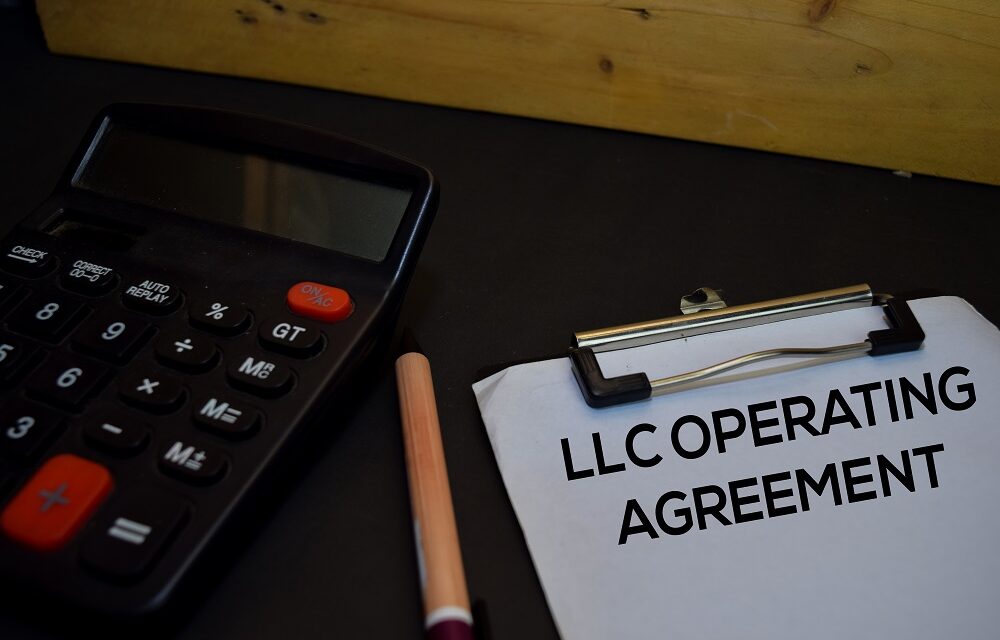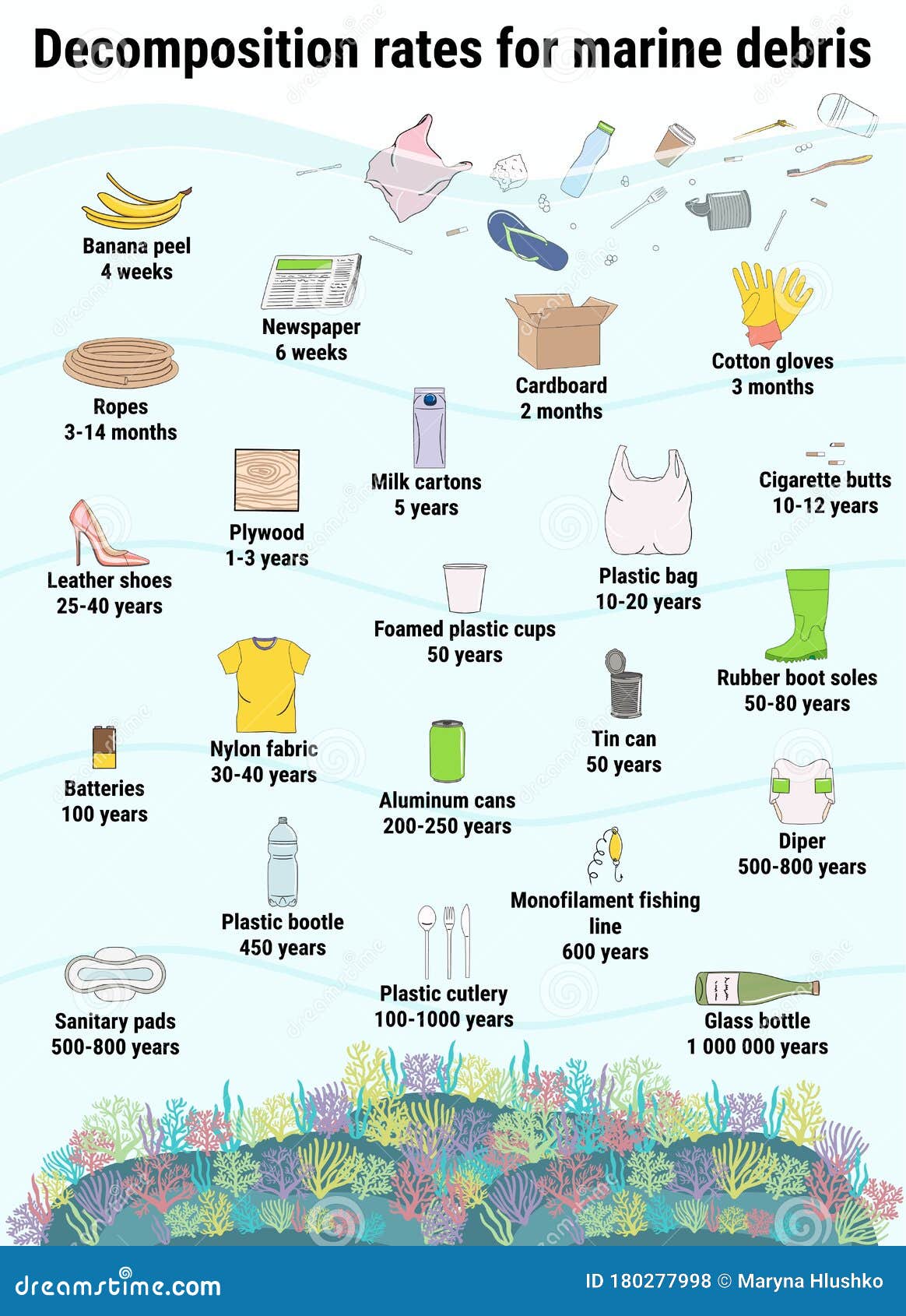Table Of Content

Space is the dimension of height, depth and width within which all things exist and move. Space or Empty space or White space or Negative space are alias given to describe intensional spaces made in design. People tend to fill up empty spaces to get maximum benefit out of it but rather know the importance and beauty of it. I’ll leave you with some logos in which space is incorporated as an integral part of the design. Instead of pointing out the use of space in each, I’ll make a few general comments and then let you explore the spaces for yourself.
Contrast: using different types or sizes of space to create visual interest
Design principles are fundamental pieces of advice for you to make easy-to-use, pleasurable designs. You apply them when you select, create and organize elements and features in your work. Knowing these elements and principles will help you see beyond what's tangible and produce more professional designs. To summarize, every piece of work uses point, line, shape, form, and color elements. These are the building blocks that form the visuals and structure.
Essential Elements Of Design Explained
Emphasis in design principles refers to intentionally highlighting specific elements to draw attention and create a focal point. By manipulating contrast, color, size, or placement, designers can guide the viewer's eye to the most crucial parts of a composition. Emphasis ensures that certain design elements have more visual weight, allowing them to stand out and capture interest. This principle helps convey the main message, evoke emotions, or guide user behavior.
Consider Hexagonal Patterns
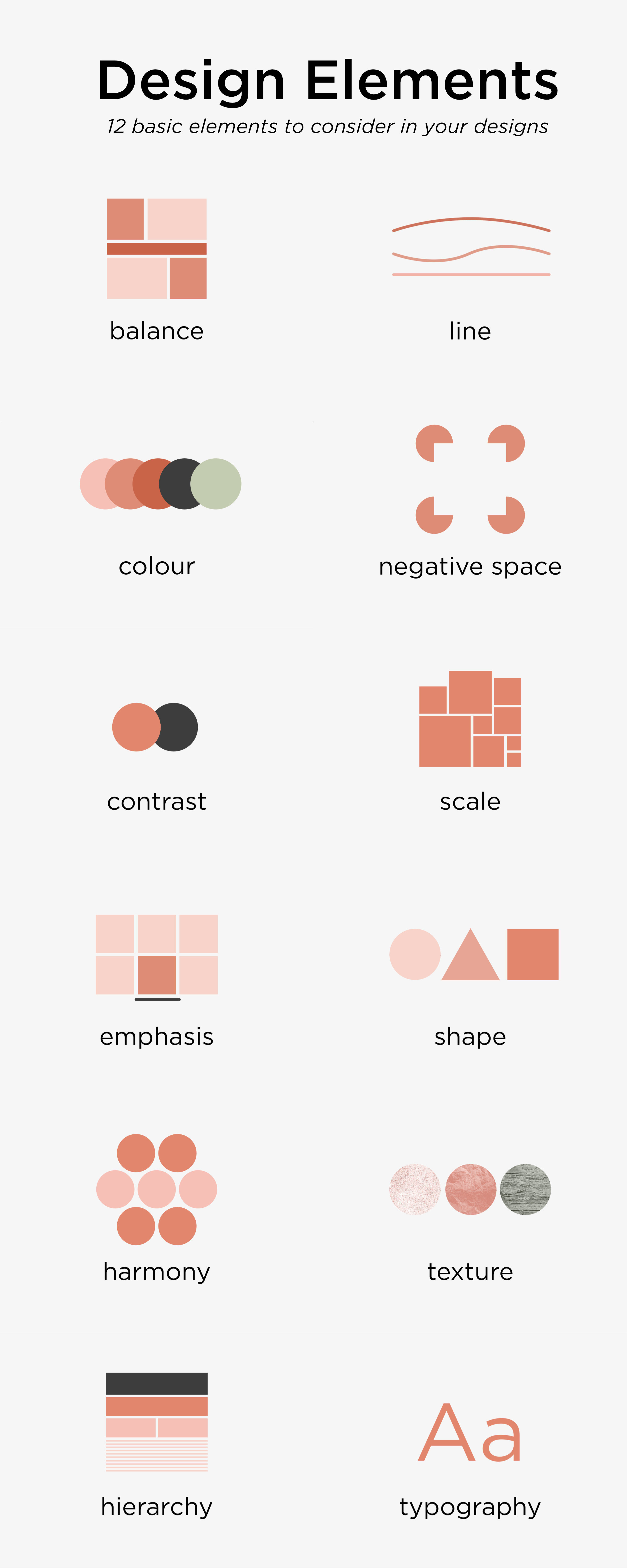
That idea, he said, comes from experience driving his two teen sons and often their friends. “It’s usually me, my wife, the oldest, the youngest and probably two other kids, skis, snowboards. We have that flexibility in depth for the cargo to get all of it in the Gravity,” the new three row, seven passenger luxury electric SUV from Lucid due out later this year. Form is shape, and that includes the shape of the room itself along with the objects within it like furniture, artwork and decorative accessories. These shapes might be geometric – those that have precise lines and angles – or natural – not just the irregular shapes of nature but curvaceous pieces. Both the structural features and the room’s furnishings can create lines that profoundly influence the feel of the space, and they can also be employed to bring attention to a focal point.
He Grew This SEO WordPress Plugin to 3,000,000+ Users
In user experience (UX) design, minimizing users’ cognitive loads and decision-making time is vital. The principles include contrast, balance, pattern, variety, and unity. These guidelines use elements to tell a story or atmosphere and help blend the elements effectively. It's when every design element and principle comes together as one, creating harmonious flow and tranquility. Lines are the most essential elements in design, forming a distinct mark between two points. Lines can be straight or curved, thick or thin, and are necessary for creating shapes.
This stainless steel compost bin’s engineered air-flow pattern lets you compost without the stench
It sets a context for how your design communicates and how it will be interpreted. Excited to create your next design piece, but don’t have enough time and energy? Click the button below to choose a template from the Renderfoest Graphic Maker and edit it.
Visual Aesthetics
Unity has to do with creating a sense of harmony between all elements in a page. A page with elements that are visually or conceptually arranged together will likely create a sense of unity. Colour theory is a branch of design focused on the mixing and usage of different colours in design and art. In colour theory, an important distinction exists between colours that mix subtractively and colours that mix additively. If functional and aesthetic elements don’t add to the user experience, forget them. Franks Spillers’ design checklist is an example of customized design principles for mobile user experience (UX) design.
Designing the Therapeutic Space: Using Layout, Color, and Other Elements to Get Patients in the Right Frame of Mind - Psychiatry Advisor
Designing the Therapeutic Space: Using Layout, Color, and Other Elements to Get Patients in the Right Frame of Mind.
Posted: Mon, 22 Oct 2018 07:00:00 GMT [source]
Unity can also reveal symbolism to the viewer, creating a subjective experience that is unique to the viewer. Visual weight ensures things are evenly distributed, like this image of a beach with water and trees. There's enough balance throughout, thanks to the clouds and reflection in the water.
The Pareto Principle and Your User Experience Work
Artists create illusory spaces through the use of lines and the placement of objects within a composition. By varying the direction and distance between lines, for example, the graphic artist can draw the viewer's eye to an imaginary point in the background of the design. In addition, layering objects provide additional visual interest and depth by placing objects in front of or behind each other.
So, we should bear in mind that the power of white space goes far beyond aesthetics and can be strategically used to further more enhance business related goals and making users engaged. The colors and whitespaces used to make the content separate out from each other is awesome and well achieved. In Graphic design, we generally see the term Negative space used. The graphical element used in graphics with any hidden shapes or identity inside design which can completely change the aesthetic of the element designed.
Negative space can also be categorized based on the size of the space. Mindset refers to a person or community’s way of feeling, thinking, and acting about a topic. The mindsets you hold, consciously or subconsciously, shape how you feel, think, and act–and...
The area could be different in size, color, texture, shape, etc. Learning the elements and principles of design is essential to becoming an exceptional artist or designer. This beautiful painting feels pleasant to the viewer's eye yet has so much going on.
Enhanced with bio-pigments from harvested algae, each tile boasts a visually striking, non-repeating pattern, resembling crawling organisms. Not only visually captivating but also 100% sustainable and biodegradable. Redefine the look of your kitchen space with MYCO-ALGA tiles—a conversation piece that’s both eco-friendly and stylish. If you prefer to avoid a stark contrast, the hexagonal patterns can harmonize with the off-white overhead and base cabinets. The wall tiles feature a blend of plain and patterned tiles to achieve a subtle appearance, while the hexagonal grid forms the underlying pattern. “Oftentimes when people buy large SUVs they have to take a lot of people and cargo, and it’s important that we create that flexibility for comfort and space,” Jenkins said.
It can highlight differences through close association or make things stand out in juxtaposition. Shapes are two-dimensional and can range from simple organic shapes to one's more complex, like geometric shapes. You'll learn each visual element from point to texture and how they contribute to creating a visual composition. Or did your eyes skip over large chunks because of the time constraints? Because there is relatively little white space, you are more likely to have skipped over the majority of the information that the writer was trying to get across.
They identified a set of laws that address the natural compulsion to find order in disorder. According to this, the mind “informs” what the eye sees by perceiving a series of individual elements as a whole. The space element of design, often overlooked, is an essential aspect of creating effective and aesthetically pleasing designs. Its ability to create emphasis, balance, and rhythm makes it a fundamental principle in the world of design. Whether it’s in logos, websites, or any form of visual communication, understanding and mastering space is crucial for any designer. Visual design is about creating and making the general aesthetics of a product consistent.
When you have a page of text, every letter is positive space, but so are areas of text in paragraphs or columns. If you cover every part of a page with words, eliminating indentation, spacing, margins, or space between letters, you have a horrible jumble of positive space. The spacing between text elements also contributes to the messages communicated through the design. Larger spaces can shape the viewer's experience by slowing their reading process, thus highlighting individual words and phrases. Smaller spaces, by contrast, allow the audience to immediately process the entire message communicated by design.


